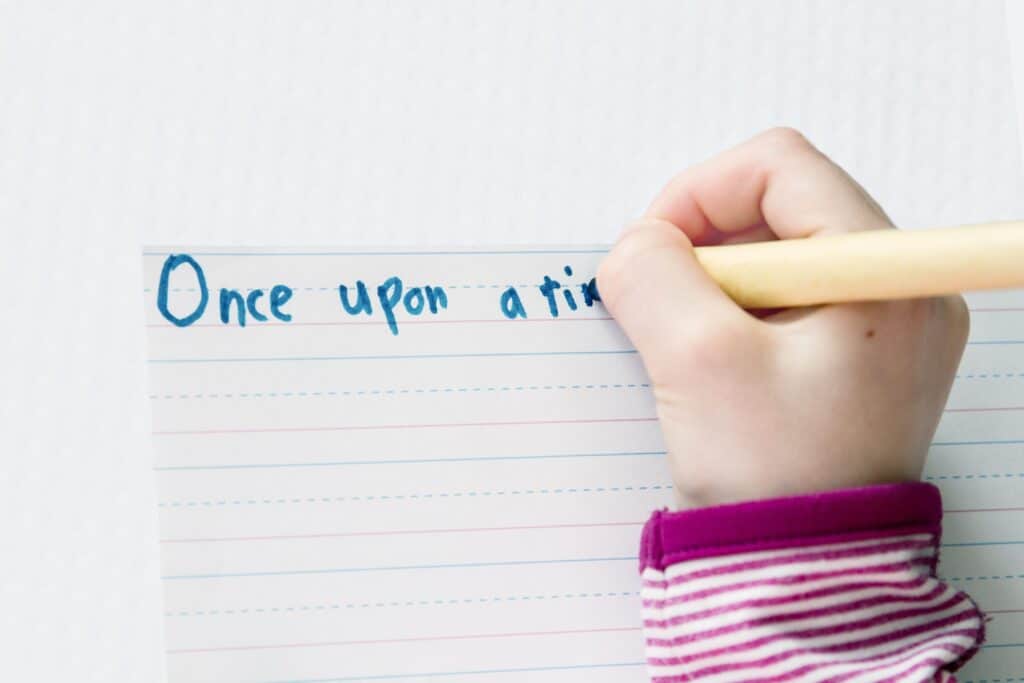According to the National Assessment of Educational Progress, U.S reading scores have dropped to their lowest levels in decades. Students nationwide are still trying to rebound from the interruption of learning that occurred when the COVID pandemic was underfoot. Educators are hopeful that progress will be shown in these upcoming spring assessments.
Time, effort, and funds from various initiatives, including the American Rescue Plan, have strengthened the commitment to accelerate academic reading recovery. This topic can be overwhelming for educators, students, and parents alike. Still, there are some easy-to-implement ways to help support the work that is being done to strengthen literacy skills. This starts with personalization.
There are a list of standards for every subject. These standards provide a framework for what students should know and be able to do in every subject and every grade. Teachers are provided with a curriculum and resources to help teach the standards and ensure students learn what they need to learn in every grade.
While the standards provide a list of learning goals, and the curriculum provides the dialogue, lesson plans, and assessment design for getting students to reach a level of understanding, the tools sometimes offer personalization. If students are not engaged with the material, reaching competency can make it difficult. Below are some reasons personalization has so many benefits and is a new, innovative tool that is easy to implement and sure to connect with learners.
Why Adding Personalization to Reading Support Benefits Students
Have you ever started a leisurely novel and realized the book wasn’t right for you? Maybe you are the type of person who hangs on to the very end, hoping it gets exciting somewhere along the way. I salute you. If I haven’t connected with the book after just a few chapters, I surrender and try a new novel.
How often do we give our students this opportunity? Often easier said than done, but what if we could insert our students’ interests, hobbies, friends, and all other favorites into text? What if this text was engaging for the students and met the standard we were trying to reach? There are many new resources out there that help personalize reading instruction. One that I have recently connected with, Project Read, may be the ticket to providing students with personalized, standards aligned, text.
Project Read and Uses in the Classroom
Teachers and AI experts at Stanford University built Project Read. Its mission is to provide personalized reading support to students of all socioeconomic statuses. It is aligned to support students across a variety of Science of Reading curricula. How does it work? Project Read has many components, including an AI tutor giving live feedback and encouraging students as they read aloud. But the free version is something that one could implement as soon as tomorrow. It really is that simple.
The decodable stories generator is an incredible way to connect with students. First, you select your scope and sequence. Let’s say your district is using UFLI. Select UFLI under the drop-down menu, and it will list all the available objectives (or lessons) in the curriculum. For example, objective 45 is learning the /sh/ digraph. When you go to generate your story, you can add up to 5 custom words. I knew my student liked basketball, his best friend is Derrick, and his favorite place is Florida.
I added my name as well for some humor. In seconds, Project Read generated a story about the student and his best friend, playing basketball in Florida with Mrs. Bouslog cheering them on. This short, decodable story included 15 /sh/ words. This usually earnest student of mine, who I’ve been trying to crack all year, laughed and begged me to make another one for tomorrow, “This time can you make it about Adrian, a pizza party, and Taylor Swift!?”
What I love most about this tool is that I can personalize my instruction in a matter of minutes. It reinforces the standards in a curriculum-aligned way. That story I read with my above-mentioned student may have been silly and made us laugh, but it also provided the repetition we were striving for as we work to solidify the learning of digraphs.
Additionally, if I don’t like the generated story, I can simply edit out the part I don’t like or click a button to regenerate the entire passage. I can decide on length, shorter for my lower elementary readers and longer for upper elementary students, and then download and print as a PDF. The first day I implemented this tool, I saw my students’ engagement and excitement increase 10-fold, and it provided me with a refreshing new strategy to personalize my instruction.
While the struggles to increase U.S. reading scores can be overwhelming, there is hope that we are making progress. Time, effort, and funding have been directed towards this academic recovery, and there are tools out there to help take the necessary steps forward. If you are an educator or parent looking to increase the personalization of reading instruction, seeking out a tool such as Project Read is the missing piece to this reading success puzzle.
Interested in educational technology and want to expand your knowledge? Check out our available educational technology graduate programs and get started today!




